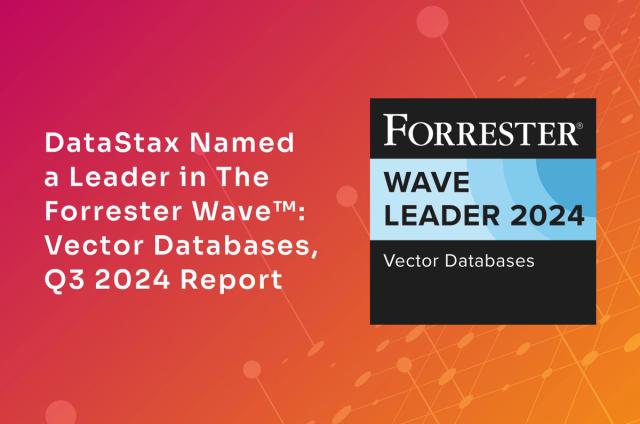Data Management and eCommerce: Where Most Enterprises Go Wrong

The eCommerce market continues to expand at a rapid pace.
In 2016, the global eCommerce market brought in $1.915 trillion. That number is expected to more than double by 2020, climbing to above $4 trillion.
Retailers, banks and other financial service organizations, and many other industries wishing to get as big a slice of that pie as possible may already have established eCommerce engines, but unfortunately it’s not enough to simply enable sales through the internet.
To maximize eCommerce revenues, companies need to build efficient, future-proofed eCommerce engines while simultaneously developing shrewd strategies that allow them to target their customers effectively and keep them engaged and satisfied.
Doing that starts with effective data management
However, to implement eCommerce functionality as quickly as possible, many organizations overlook several critical components of their eCommerce strategies and the data infrastructure powering their quote-to-cash system.
With that in mind, let’s take a look at four most common mistakes enterprises make when it comes to data management and eCommerce.
1. They still rely on legacy tools and technologies
Succeeding in the world of eCommerce requires technology built for eCommerce. Yet according to a recent report, only 36% of organizations are using cloud-based analytics platforms.
Companies can’t expect to achieve amazing eCommerce results when they’re still relying on legacy infrastructure and outdated tools. To capitalize on eCommerce, organizations need to leverage solutions that were designed for the modern world and the Right-Now Economy.
2. Architecture is treated as an afterthought
Imagine a company has just enabled eCommerce on its website using the same database it’s relied on for nearly a decade. For the first several months, the company sees a few sales come in here and there. But for the most part, traffic is low and the database can handle it without any hitches.
All of a sudden, a clever advertisement catches on with customers. Traffic goes through the roof—until the underlying database can’t handle it any longer and the site gets knocked offline. It’s impossible to say how much sales the company missed out on due to inadequate architecture.
In building their eCommerce engines, many companies treat architecture as an afterthought. By taking a proactive approach, however, organizations can increase the chances their sites work properly every single time they’re accessed.
3. Product data isn’t managed as well as it needs to be
Some companies don’t pay as much attention to product data as they ought to.
Poor product content can translate into unfavorable business outcomes. For example, 40% of customers returned an online purchase because product descriptions were inaccurate. What’s more, 30% of customers abandoned their shopping carts for the same reason. Making matters worse, 86% of customers indicate they’d be unlikely to continue supporting a business that had inaccurate product descriptions.
While it might take some time and resources to make sure product data is pristine up front, those investments will likely return significant dividends down the road.
4. They lack visibility into their data
It’s one thing to collect data. It’s quite another thing to be able to analyze it and put it to use effectively.
How can a company serve up personalized customer experiences or real-time insights if they don’t have visibility into their data?
Lacking the right tools and infrastructure, most enterprise still lack full insight into their data, which prevents them from unlocking the true value of their data and maximizing their eCommerce revenue.




